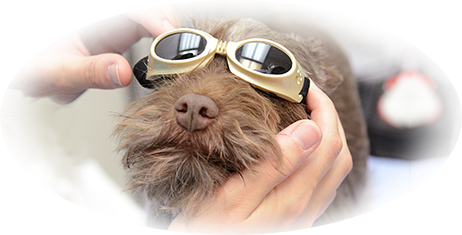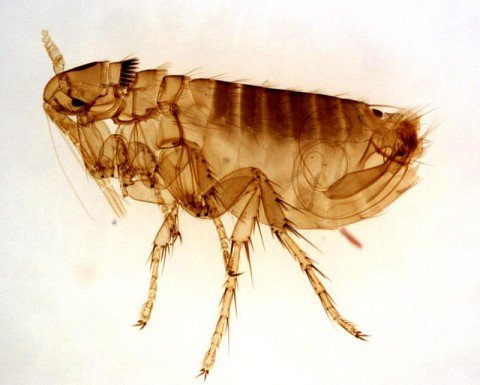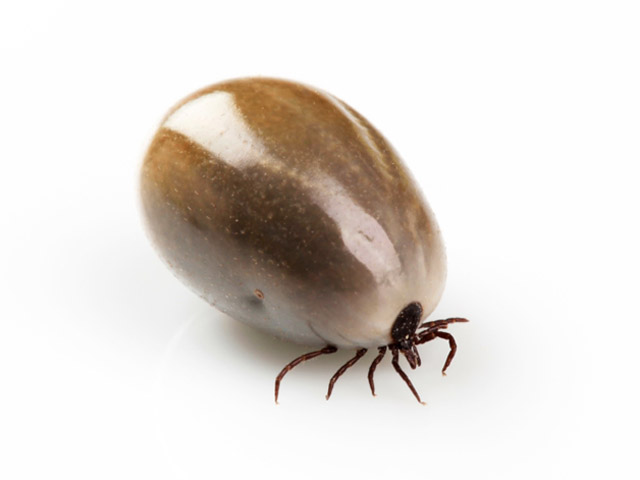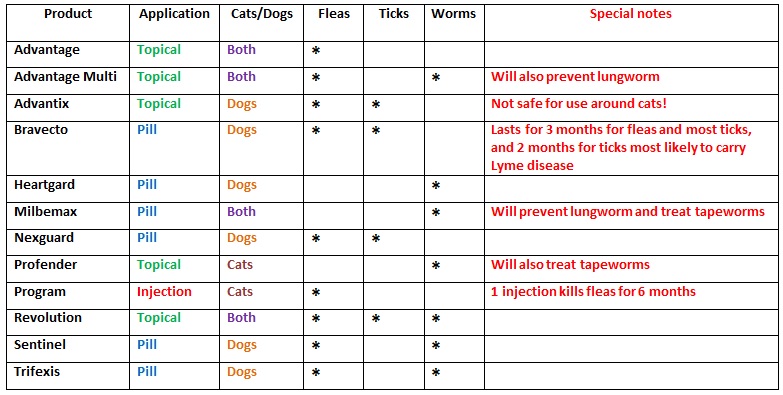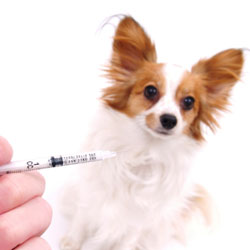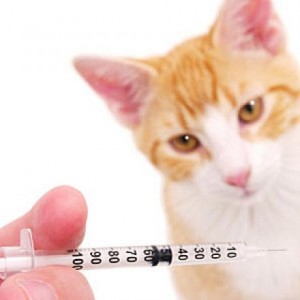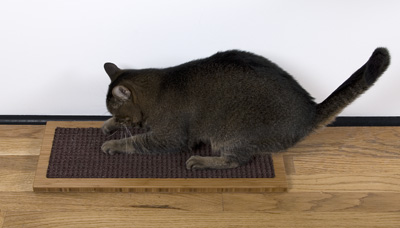Courtesy of: Joye
Truro Veterinary Hospital is very excited to announce that we are no longer performing declaw procedures on cats. For many years, declawing has been the procedure of choice for any owners worried about their household furniture or being scratched by a cat who plays too rough. However, the veterinary industry, like any medical field, is one of growth and change. As we learn more, we can do better.
The Procedure
For many people, the medical procedure of “declawing” has always been poorly understood. Many believe that a cat’s claws grow from the skin, as fingernails do in people. This isn’t the case. In fact, the operation may be more accurately called “de-toeing”, as the first bone of each toe must be completely removed to prevent the claw from regrowing. Each declawed cat has actually experienced 10 toe amputations. In a human, that would look like this:
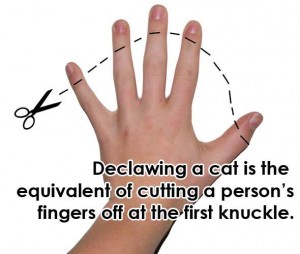
Ouch! So, why did we do it?
The surgical technique of declawing was first performing in 1966 and became a very common surgery in the 1970s. Eventually it became standard code of practice to have a cat’s claws removed at the time of spay or neuter. Many owners came to believe that this was just part of owning a cat. Others worried about their expensive furniture and the negative impact cat scratching would have. Still others were immune-compromised individuals worried about the health consequences of receiving a cat scratch. Many veterinarians perform the procedure in the belief that declawing is preferable to having a cat surrendered to a shelter or worse, euthanized.
Seems reasonable. What’s changed?
In the last decade, veterinarians have become more conscious of the ethical ramifications of cosmetic procedures such as tail docking, ear cropping and declawing. These procedures provide no health benefit to the recipients and are done purely at the preference of the owner. In 2010 the Nova Scotia Veterinary Medical Association (NSVMA) instituted a ban on tail docking or ear cropping by veterinarians in Nova Scotia. (Unfortunately, a recent vote by the NSVMA did not pass a similar ban on declawing cats.) These procedures do not “promote animal health and welfare“, a promise taken by all Canadian vets as they enter the profession. In fact, declawing is illegal in at least 22 countries around the world.
In fact, declaws do not merely provide no health benefit to the patient, they frequently result in significant ill effects. As the medical industry is coming to better understand pain, especially that of human amputees, we are able to understand more about the long-term effects this amputation has on cats. Cats are stoic animals, with genetic instincts built in to ensure that they don’t let the world around them know they are feeling pain (in the wild, this may result in being someone’s lunch!). We now know that declawed cats may suffer chronic pain which worsens as they age.
One side effect of chronic pain in the front feet is that declawed cats may be more likely to have problems with litterbox use. Getting in and out of the litterbox, as well as scratching around in the litter, can pose a challenge for these cats and result in urination and defecation in inappropriate places around the house.
Behaviourally, cats use their toes and claws for many activities.
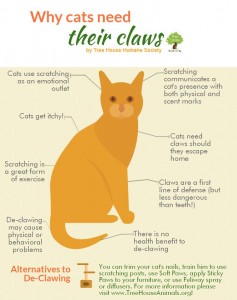
Claws are used in play and self-defense, and even a friendly indoor cat will often give a swat as a request for some personal space. This is one of the arguments in favour of declawing. However, studies have shown that removing a cat’s claws simply makes them resort to a back-up plan…their teeth. Cat bites are much more likely to result in serious injury to humans and other pets than scratches. Bites often result in deep puncture wounds and bleeding, causing a much higher risk for immune-compromised individuals than scratches.
For the veterinarians worried about pet owners giving up their cats or euthanizing them if they can’t have them declawed, there is good news. A survey of 276 veterinary clients revealed that just 4% of them would seriously consider these options if they could not have access to declawing. This may be related to the fact that as many as 95% of declaws are done purely to save household furnishings, with concerns about human safety coming in a very distant second. Interestingly, the top reasons that cats are surrendered to shelters are for inappropriate urination and biting, two side effects potentially associated with declaw procedures.
If you’ve made it this far, we hope that you have come to understand our perspective and why we are taking this big step forward for our feline patients. If you’re like me, you might want to see some of the science/research behind this information. Please visit here for an excellent summary. If you’re a visual learner, or just want more information about the hazards and long-term effects of declaws, please check out The Paw Project, a ground-breaking movie bringing this issue to the forefront of social awareness.

Does our decision to stop doing declaws mean that you can never have nice furniture again? Absolutely not! There are several alternatives to declawing that are humane and inexpensive…but they often require some effort. We think a healthy pet and a beautiful house are worth it!
Declawing Alternatives:
1. Scratching posts are one of the most effective ways to deter scratching of furniture and walls in your home. Cats need to scratch, it is a natural behaviour they will always do, so why not give them something appropriate to scratch on? Not all cats scratch alike, however, so be sure to invest in a variety of options to find out what works best. Find some helpful hints here.


(Scratching posts can be simple….or very complex!)
2. Trimming your cat’s nails regularly will greatly decrease the likelihood of damage to yourself and your belongings. If you don’t know how, we are happy to teach you. Also, if your cat has had vaccines with us in the last year, we will even trim them for you once a month at no charge.
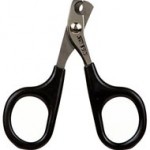
3. In off limits areas, you can try deterrents such as double-sided tape, aluminum foil, or car/chair mats with the spiky side up. Cats generally don’t like the sensation of these things under their feet and will find a happier scratching spot elsewhere. (This also can help with cats who hop on counters where they aren’t invited).
4. Did we mention scratching posts? 🙂
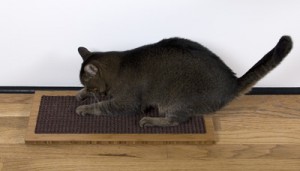
5. Nail caps such as Soft Paws may be used to prevent damage from scratching. These caps fit over the nail like artificial nails for humans and provide a soft tip so that scratching doesn’t cause damage. This may be especially helpful in adult cats as you attempt other techniques to re-train them to proper scratching areas.
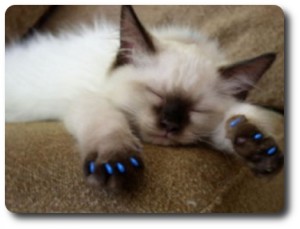
We have tons of great information available about declaw alternatives and we’d be happy to share more ideas, tips and tricks with you.
What if it’s too late? What if you, like many others, have already had your cat declawed? Although you may be feeling badly about this decision, know that it’s never too late to provide the best care possible for your cat. We recommend scheduling a visit with your veterinarian to discuss the more subtle ways your cat may be telling you she’s hurting. Proper pain management may change your pet’s life.
If you have questions or concerns about declaws, please contact us at 902-893-2341. We’re always happy to hear from you!

 dog came to see us because she seemed to have problems with her hind end. Her owner was worried about her hips because she was having trouble walking and especially on the stairs. Sure enough in the exam room, she seemed to be crouching as she walked and was uncomfortable. We were suspicious of arthritis due to her age and decided to go ahead with Early Disease Detection.
dog came to see us because she seemed to have problems with her hind end. Her owner was worried about her hips because she was having trouble walking and especially on the stairs. Sure enough in the exam room, she seemed to be crouching as she walked and was uncomfortable. We were suspicious of arthritis due to her age and decided to go ahead with Early Disease Detection.

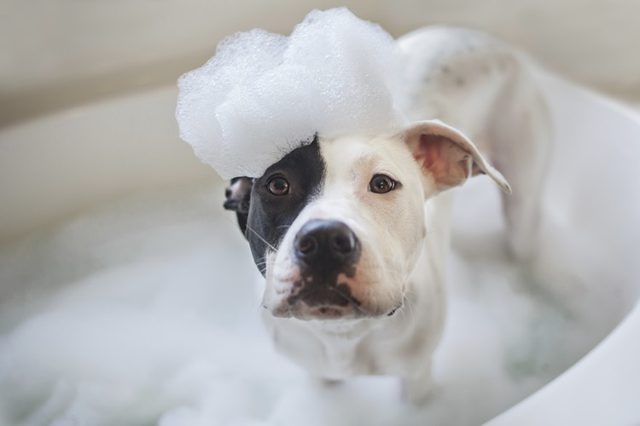
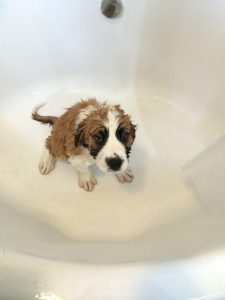

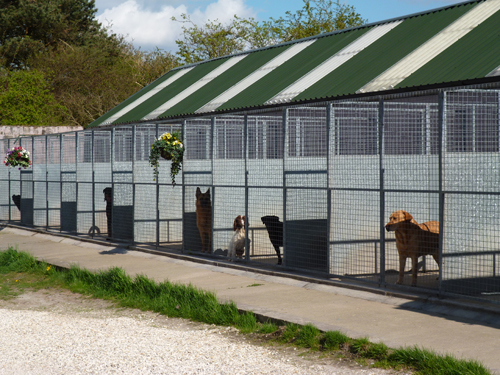
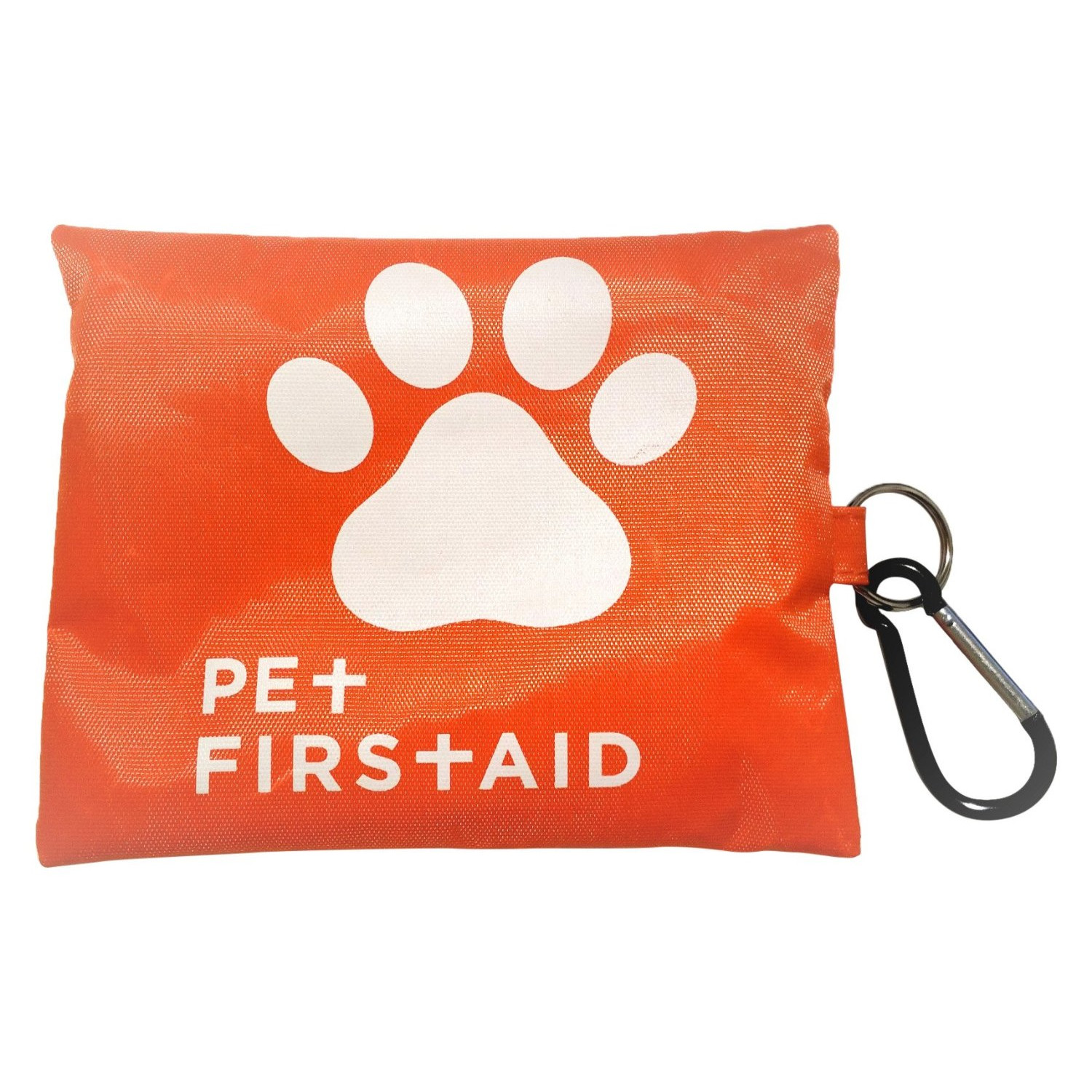
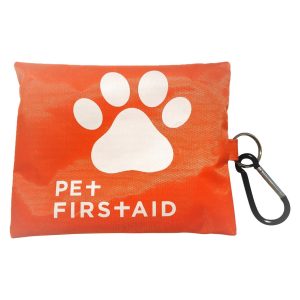 By: Dr Jessica Rock.
By: Dr Jessica Rock.